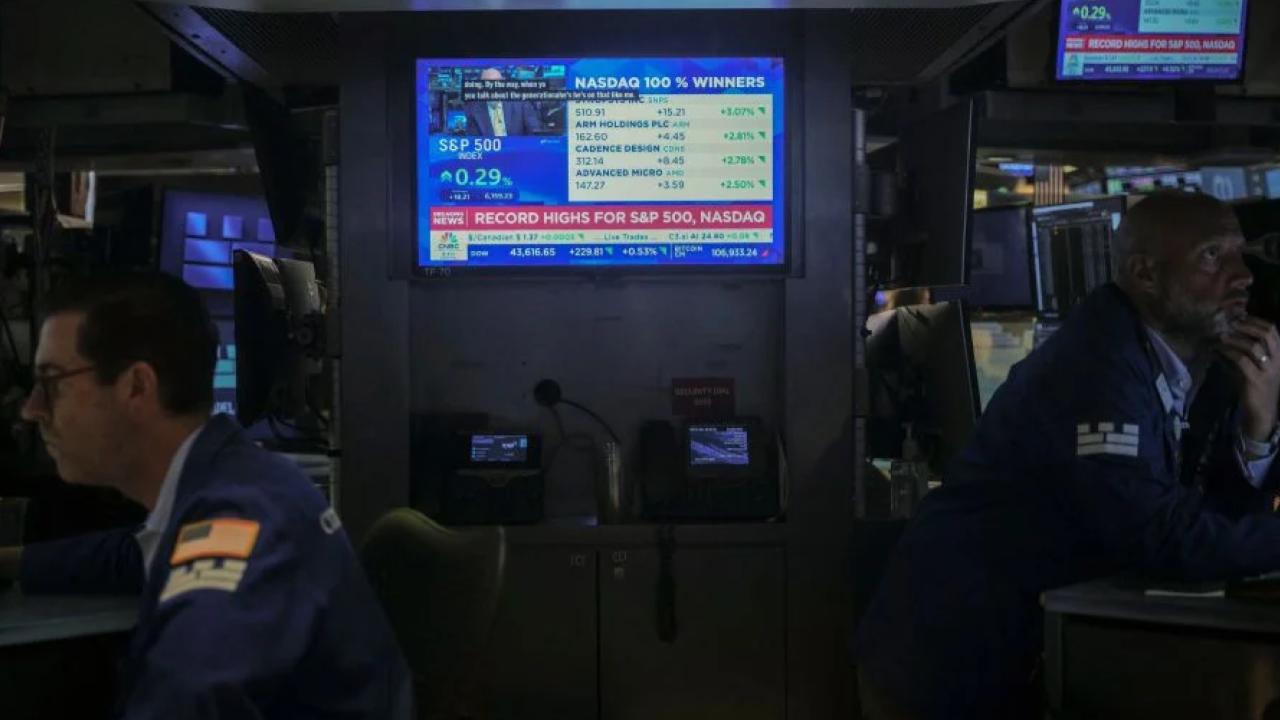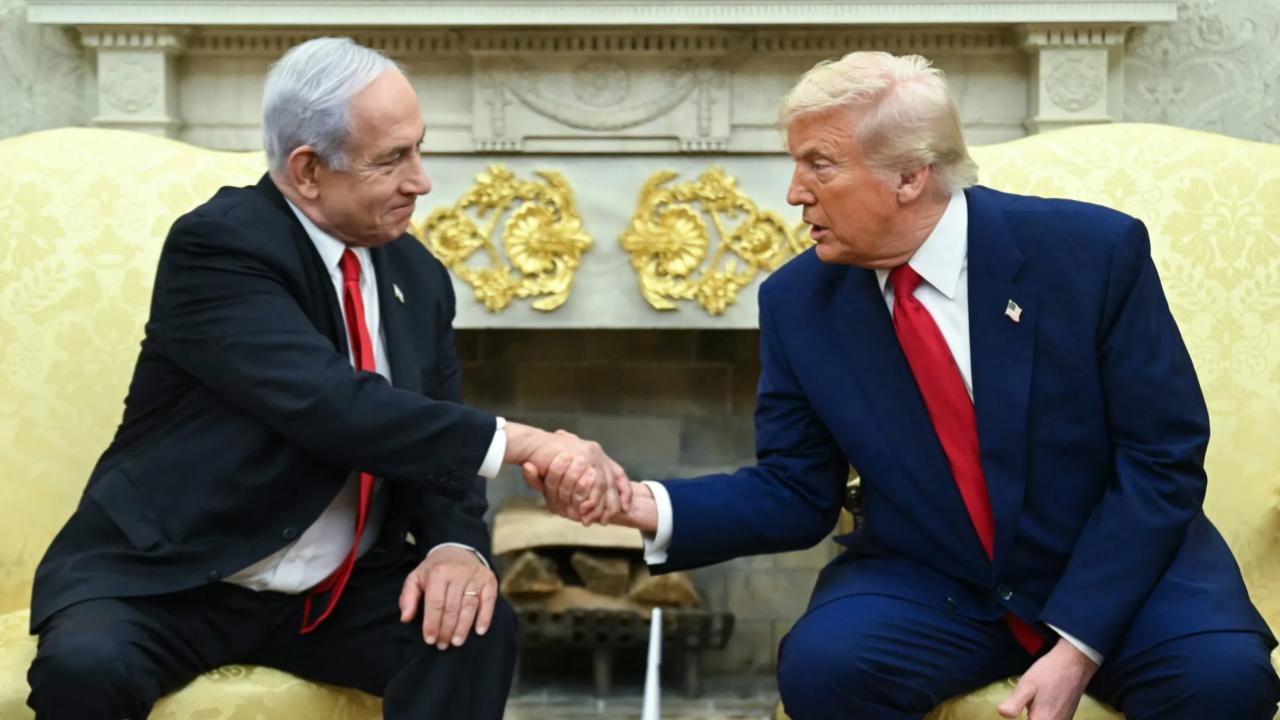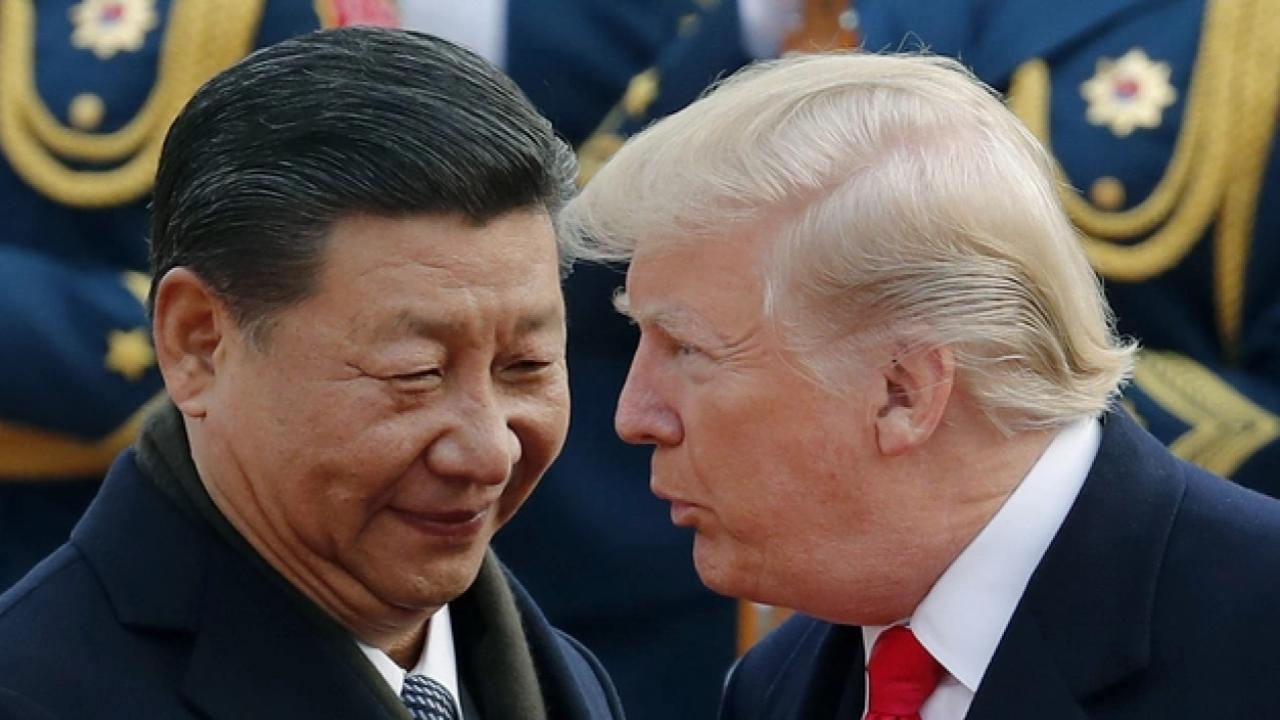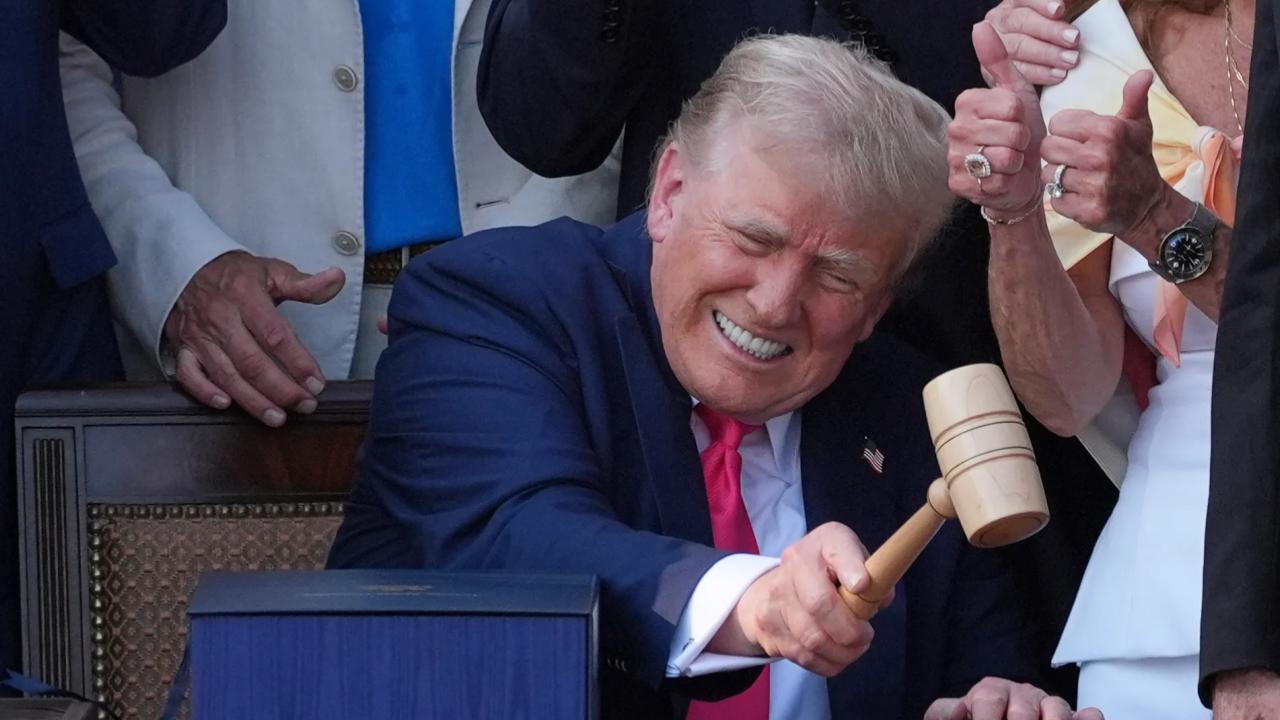Just a week before his self-imposed July 9 deadline to slap tariffs on trade-deficit nations, former President Donald Trump unveiled a last-minute trade framework with Vietnam that could reshape U.S. imports, exports, and global supply chains.
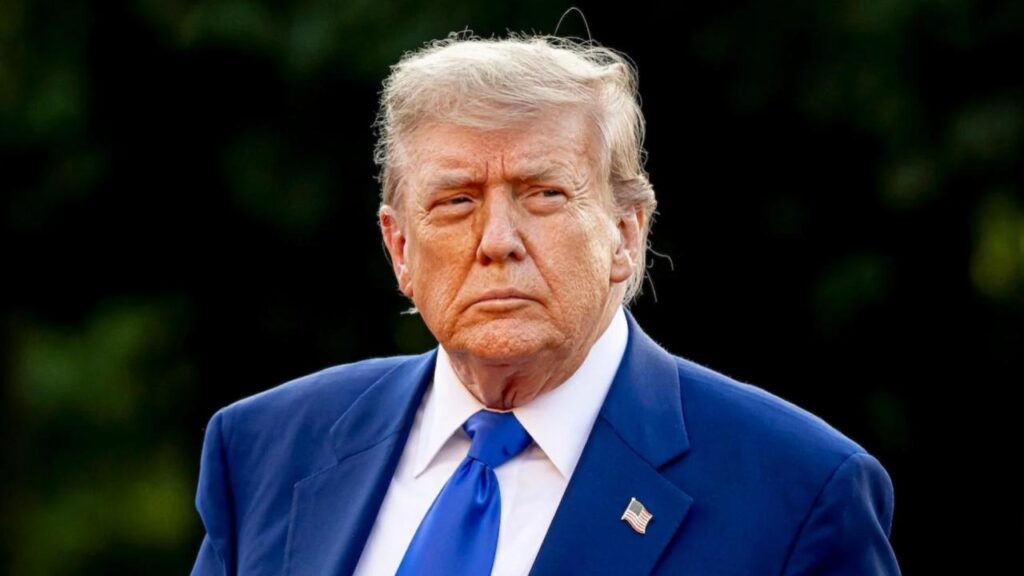
Announced on July 2, the deal sets a 20% tariff on Vietnamese goods entering the U.S., 40% on re-routed transshipments, and offers tariff-free access for American exports to Vietnam. It’s the latest in Trump’s push for “reciprocal trade” and a tactical move to keep manufacturing and geopolitical leverage aligned.
Trump Strikes Last-Minute Trade Deal with Vietnam
| Takeaway | Stat |
|---|---|
| Vietnam’s U.S. exports surged | From <$50B in 2018 to ~$137B in 2024 |
| U.S. trade deficit with Vietnam | ~$122B in 2024, third largest globally |
| Transshipment tariff set | 40% on goods routed through Vietnam |
Trump’s last-minute Vietnam trade deal is a textbook example of “maximum pressure” diplomacy. It might help U.S. exporters, protect domestic industries, and tighten the noose on tariff evasion—but it comes at a cost. Prices may rise, enforcement remains murky, and other nations are watching.
Whether it’s a win or just a pause in broader trade tensions, we’ll know soon—especially if other nations line up to strike similar bargains before July 9.
A Closer Look at the Deal
Trump’s Vietnam deal is less about diplomacy and more about numbers. For years, Vietnam has benefited as a China alternative—so much so that U.S. imports of Vietnamese goods tripled in six years. This deal aims to correct that.
The 20% tariff is a compromise, down from Trump’s earlier threat of a 46% penalty if no deal was reached. The 40% transshipment tariff, meanwhile, targets products allegedly relabeled as “Vietnamese” to dodge tariffs on Chinese goods.
Vietnam, in return, avoids broader penalties and opens its market fully to U.S. goods, including autos, agriculture, and liquefied natural gas. “Vietnam came to the table,” Trump said in his July 2 remarks. “They understand we want fair trade—not free rides.”
What This Means for U.S. Consumers and Businesses
Short-term sticker shock? Likely. Many Vietnamese imports—clothing, electronics, furniture—are consumer staples. Analysts warn prices could rise, just as they did during earlier tariff cycles.
Boost for exporters? Probably. American farmers and auto manufacturers now face fewer hurdles accessing a fast-growing Southeast Asian economy.
I covered the U.S.-China tariff war in 2018, and I saw firsthand how quickly tariffs on one country can shift trade to another. This deal tries to stop that game of whack-a-mole by targeting the loopholes directly.
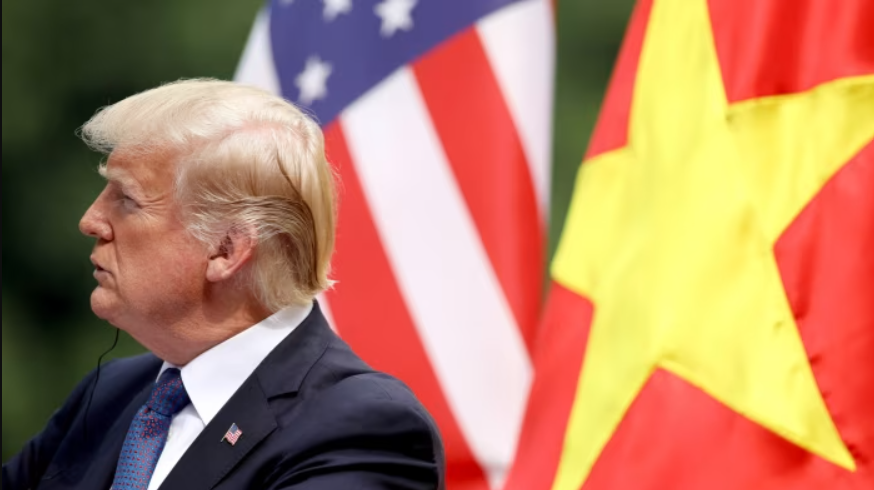
Vietnam’s Strategic Calculus
Vietnam gets a mixed bag. On one hand, the 20% tariff will dampen export momentum, especially in textiles and electronics. On the other, avoiding harsher penalties and gaining tariff-free U.S. access for some sectors may help Hanoi rebalance its economy.
Plus, Trump’s team hinted the U.S. may recognize Vietnam as a “market economy”—a diplomatic win that could ease tech restrictions and reduce scrutiny from the Commerce Department.
A Pattern Emerges: Target, Pressure, Deal
This isn’t a one-off. It follows a pattern Trump used with China in his first term and again with the UK just weeks ago. Negotiate hard, set a deadline, threaten tariffs, and offer a way out if terms are met.
India and the EU may be next. Reuters reports the U.S. is in active talks with New Delhi to hammer out a similar framework—though dairy exports remain a sticking point.
What to Watch
- Transshipment enforcement: How customs defines and applies the 40% penalty will determine its real-world impact.
- Market access details: Will Vietnam lower barriers across key sectors like autos and LNG—or just on paper?
- Trade war fatigue: Businesses want clarity. If this deal avoids a new round of global uncertainty, markets may respond favorably.


